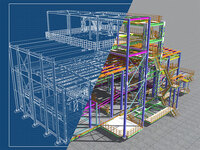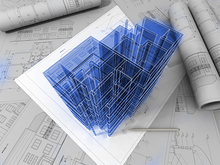
Steel Detailing Services Practices and Standards
Silicon Valley's blog on the Steel Detailing Services Practices and Standards.




© 2024 Crivva - Business Promotion. All rights reserved.